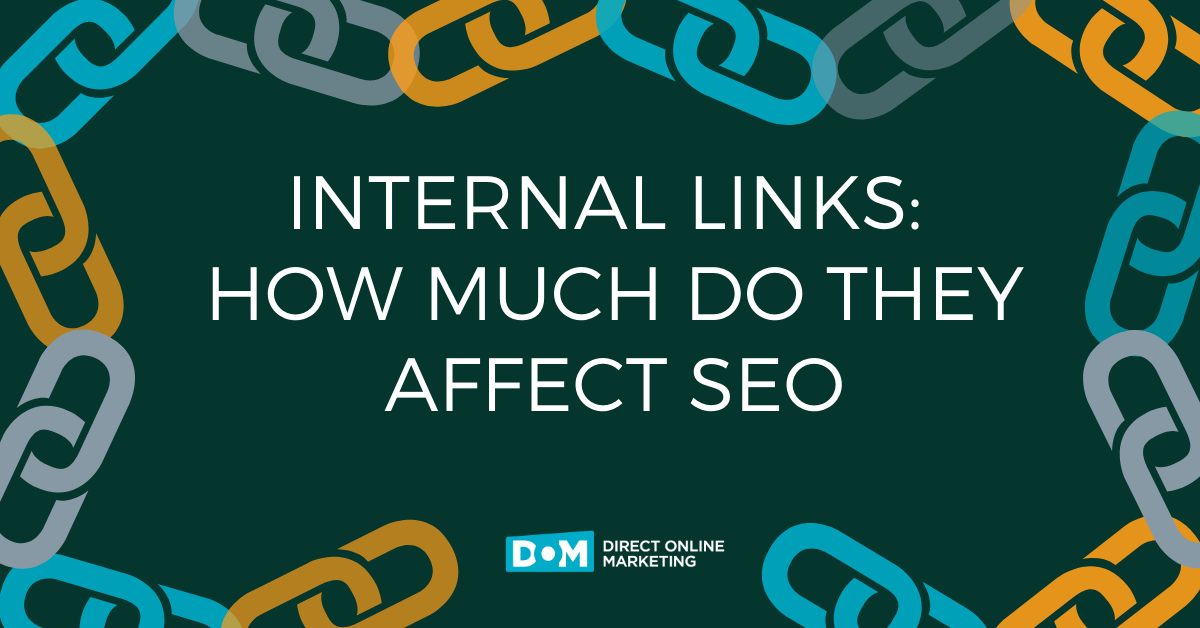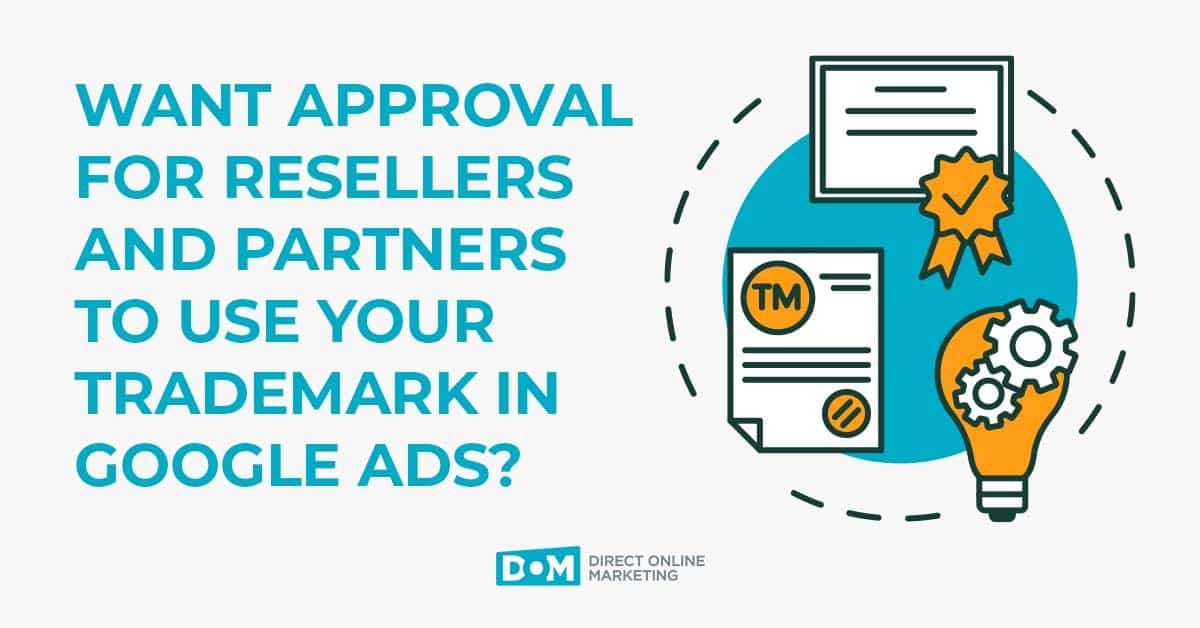In a massive understatement, I can be pretty hard-headed. Sometimes I need to get smacked in the head hard a few times to get the message…perhaps with a 2×4 by a true American hero.
Yesterday, a partner invited me to speak with one of his clients who was concerned he wasn’t getting as much value out of his current search efforts as he could. Not being one to turn down a free lunch, nor an opportunity to geek-speak about search engine marketing, I gladly accepted.
We ended up talking about an array of efforts – search engine optimization, paid search, social media optimization & contests, local SEO, video optimization…. Then he mentioned something that made me think remnant banner advertising might be right for him. He said he hadn’t tried it yet and I kind of sped through some of its benefits, but he kept coming back to it, amazed at the numbers I casually threw about. You see, like most lines of work, sometimes you become used to things – even things you find really cool – that you forget how someone with fresh eyes might view it.
Well, the discussion on display advertising was that moment yesterday. Since he found it so amazing (and really, I do, too even though it’s lost that new car smell to me), I thought it might be a good topic to mention here on our digital marketing blog.
Remnant Banner Ad Definitions & Names
Let’s start with the basics. Web publishers who make money through advertising often generate more page views than they can sell through their own advertising efforts. Smaller sites may rely completely on an ad network like Google AdSense or adBrite so they can concentrate solely on publishing and not worry about ad sales. Larger sites may have sales forces selling ad impressions, but generally can’t sell enough ads – at least at their desired rates – so they’ll backfill whatever they don’t sell with ads from a network. These extra ads are called remnant ads. Go ahead and answer the door – it’s just opportunity knockin’.
A variety of ad networks allow you to buy these remnant ads on a very inexpensive basis, including Advertising.com, Microsoft adCenter, and Google AdWords through their display network (formerly called their content network). These services can be referred to as content network advertising, display ads, advertising networks, advertising exchanges, or other terms.
With these networks – and others – you can buy the ads in a variety of ways, including on a CPM (cost-per-1000 impressions) and CPC (cost-per-click) basis. Buying them on a CPC basis is all kinds of awesome. With most of the networks, you have the ability to place text, image / banner, video, or interactive ads, although the individual publishers may only offer one or two of these different ad formats, as well as only some of the variety of sizes available.
Also, keep in mind, you have the ability to fully geo-target your ad campaigns based on the ip address of the user, just like you can with paid search. So, say you want to advertise just in the Cleveland DMA. You can have your ads appear on local Cleveland sites like the Cleveland Plains-Dealer and on non-Cleveland specific sites like ESPN or the NY Times or anywhere else where the site is opted into that particular ad network.
Contextual Advertising
Most of these ad platforms allow you two basic forms of advertising (and a hybrid combination):
- Placements. Like the name suggests, you choose the particular site or page of site where you want your ads to appear.
- Contextual. Contextual advertising matches your ads up to particular content regardless of the site. So, for example, if you’re selling home gym equipment, you can have your ad appear on any page in the network where the content subject is about fitness or nutrition or whatever is a good match. This type of advertising can be very powerful, although you need to be careful to avoid bad matches.
Free Brand Exposure with Remnant Ads
So I just wrote that buying remnant ads on a CPC basis is all kinds of awesome – why? Because that means anytime someone doesn’t click on your ad, you’re not paying for that view. But there’s more – while there’s a huge range of click through rates and costs per click you might see depending on a variety of factors, let’s walk through some typical scenarios:
Typical Click Through Rates
For broad placements – think of the offline model of a billboard or car dealer buying ad space throughout a newspaper – it’s not uncommon to see click through rates of 0.01%, with a range up to 0.05% or 0.1%. For good contextual advertising, you might see something more in the 0.2-0.6% range.
Typical Costs Per Click
Just like click through rates, your average cost per click can vary widely, dependent on a number of factors like the particular site, site category, and season (holidays and election times can get a lot more costly). We’ve run campaigns with these average costs at a nickel or lower as well as over $10. But, for a lot of basic campaigns, you can probably pencil in $1-$3 for initial planning purposes.
So, let’s take the median cost point of $2 and the 0.1% click through rate (kind of high for placement, low for contextual). That means you would pay $2 for every visit to your site or play of your video ad and 999 additional views of your ad for free.
If you’re buying banner advertising through particular sites, these numbers might blow your mind, just as they did the gentleman I was speaking with yesterday.
Odds & Ends
While remnant ads offer an extremely powerful and cost-effective form of advertising for both direct purposes and brand awareness, they can still be a money suck if you’re not careful. They need to be watched daily to avoid bad placements that can kill your budget. As an example, we recently had a mobile site start displaying one of our clients’ display ads on a Friday night and had enormous click through rates, cannibalizing their budget on display until we ran a placement report on Monday morning and halted it. While we think this is a scam, without direct proof, good luck in getting the ad platform agreeing with you and refunding your spent budget.
Many people will first start buying remnant ads through Google AdWords because of it’s ease for self-service and because so many businesses already have accounts with them. We’ve had great success with their display network, but just watch out for the pitfalls. And whatever you do, make sure you do not run display and search in the same campaign, which they will automatically opt you in to doing. They do it to make more money, but I believe this hurts them in the long run as people who blow through budgets without getting results are more likely to not run campaigns in the future, feeling burned.
By all means, buying remnant ads is something any smart, diligent marketer can learn with enough studying and practice (unfortunately with live budgets). If, however, this is something you’d rather outsource, we’d be happy to sit down and discuss it with you. Just let us know.
Bottom line, buying remnant banner ads is a tactic you should give serious consideration to as part of your overall strategy in 2011.


